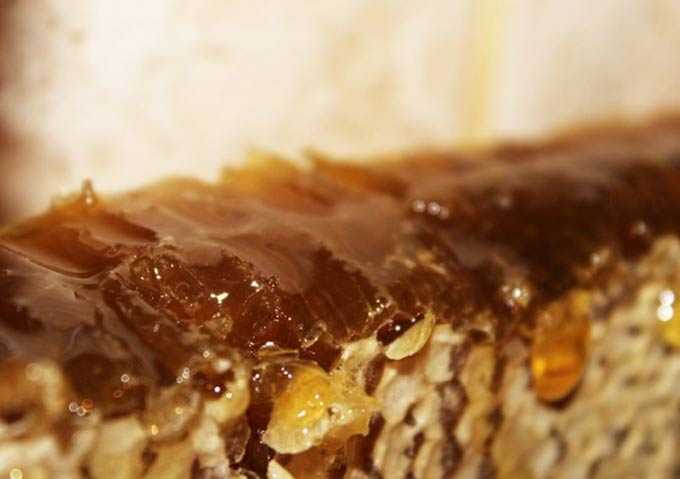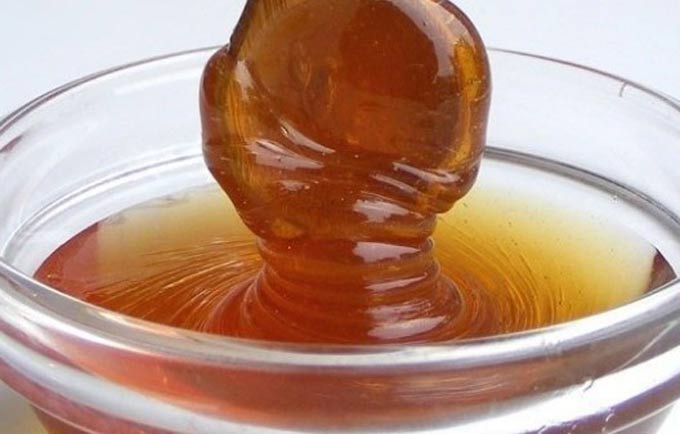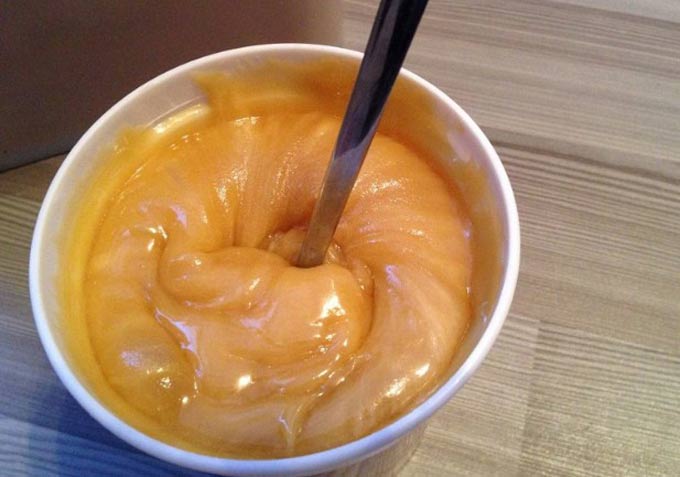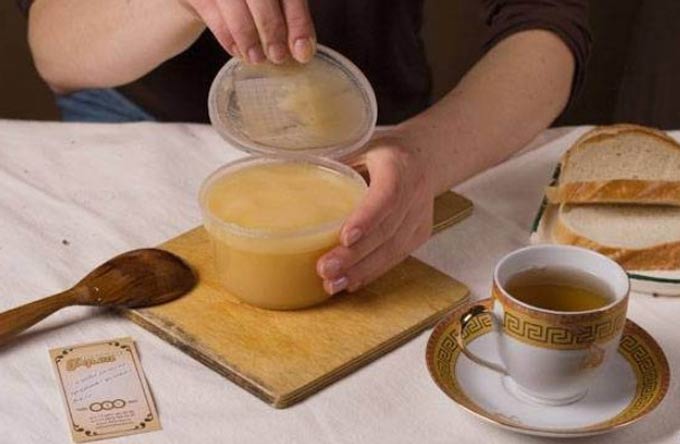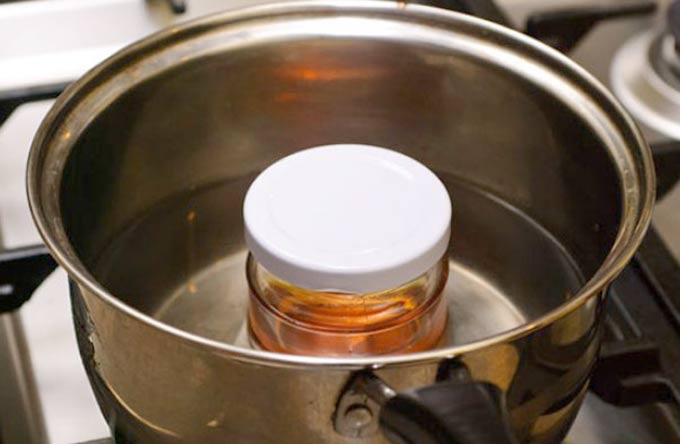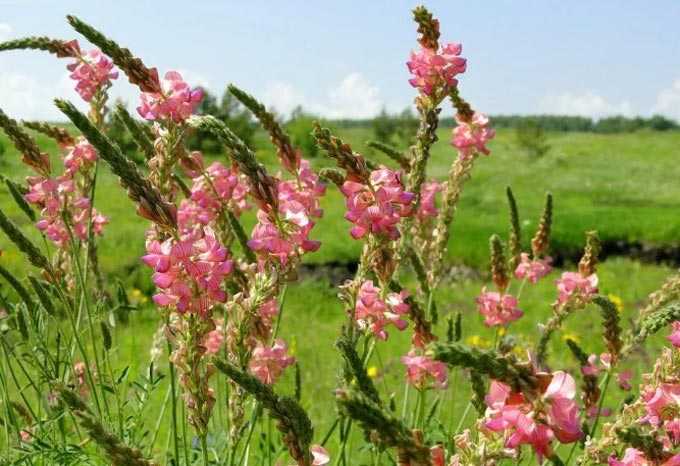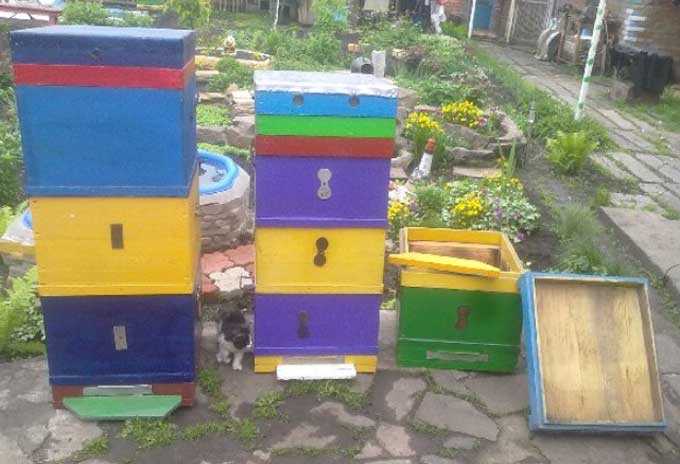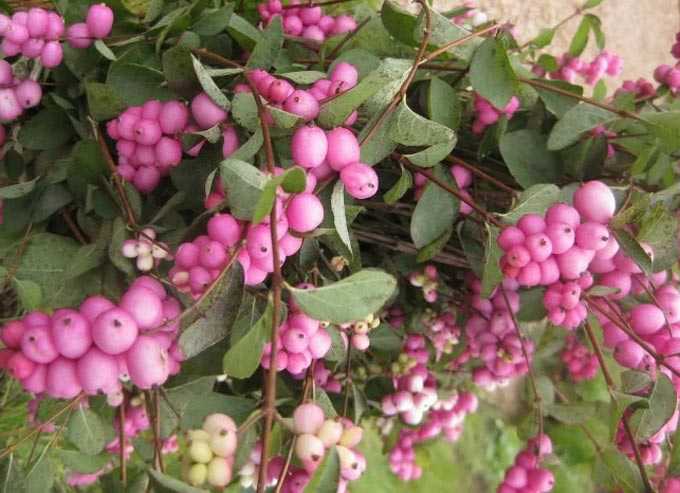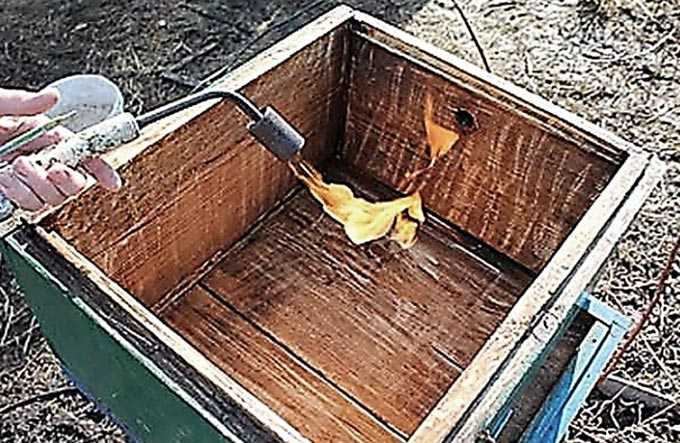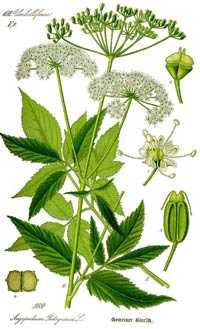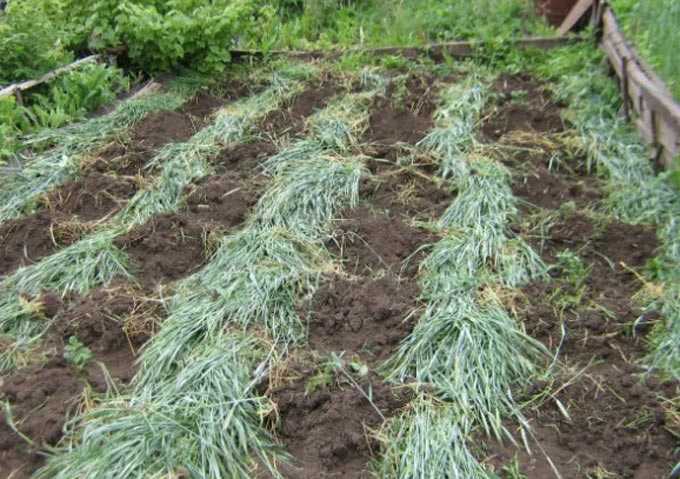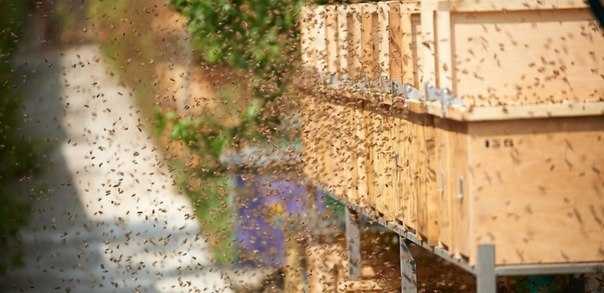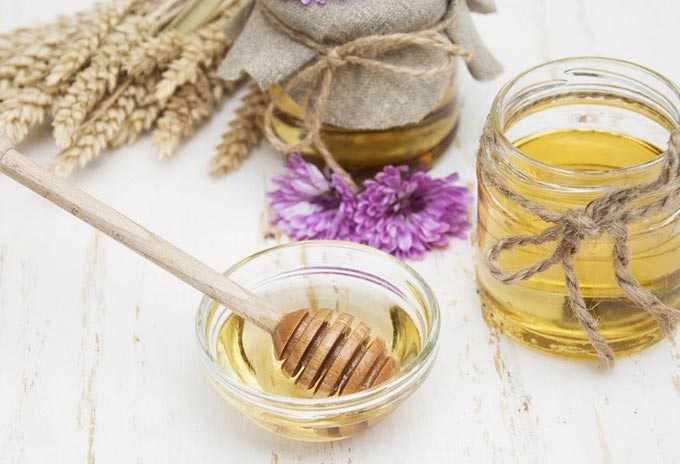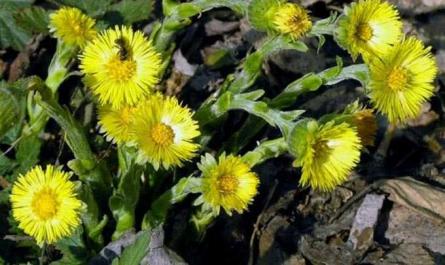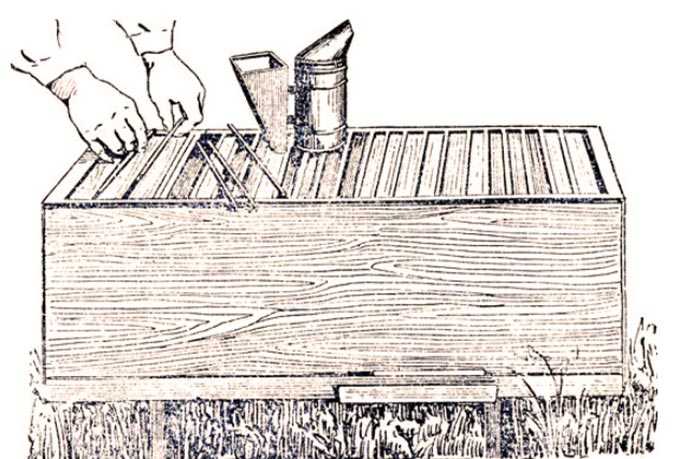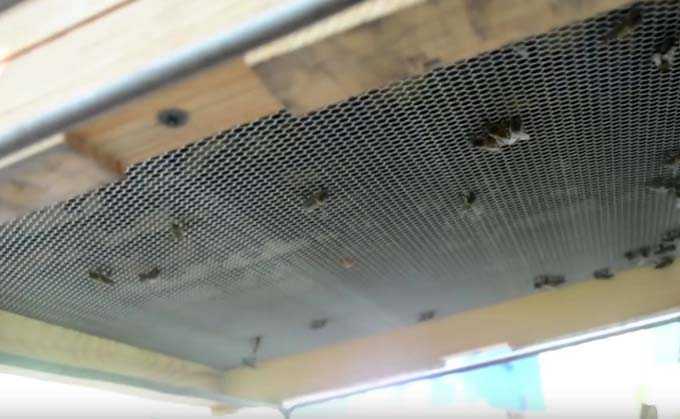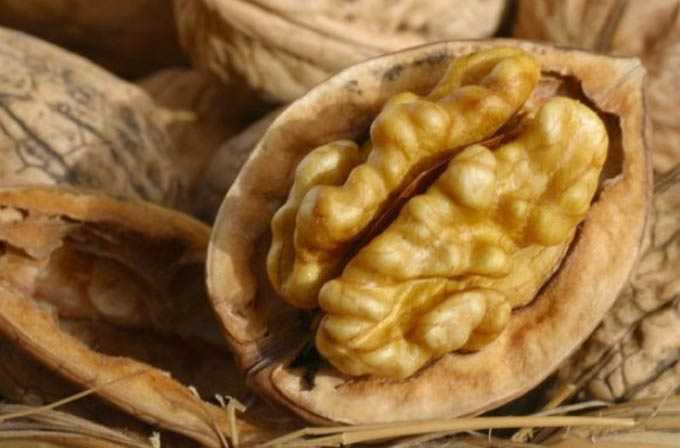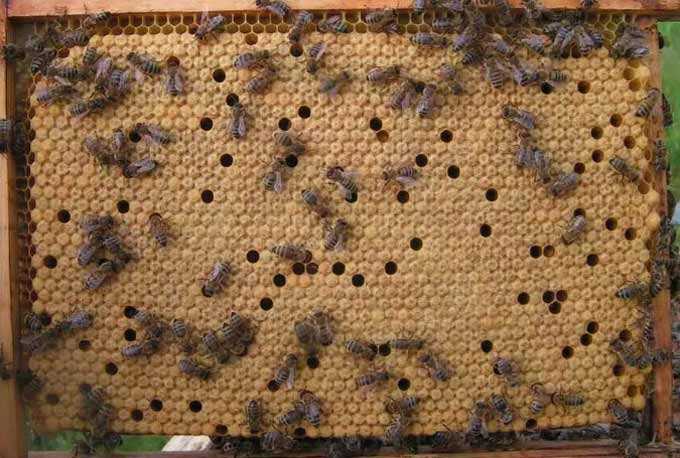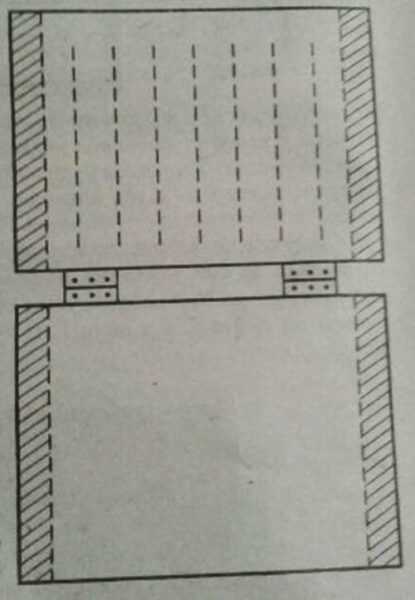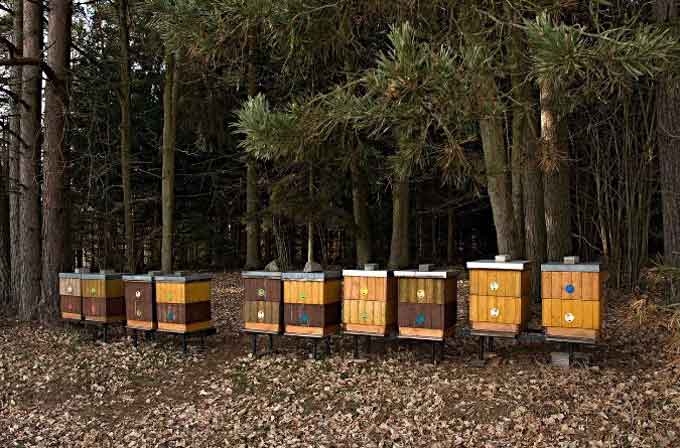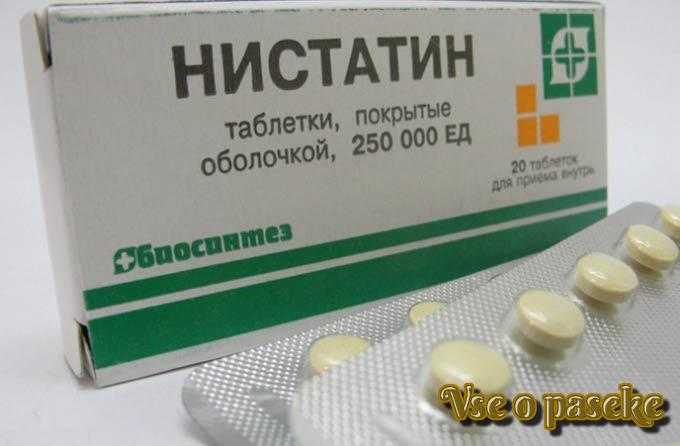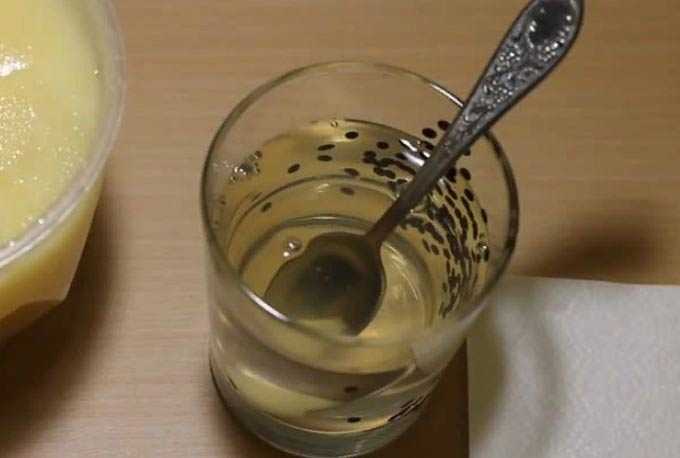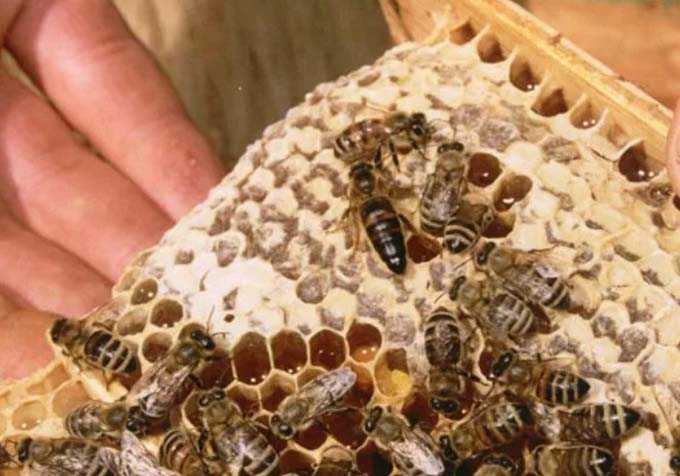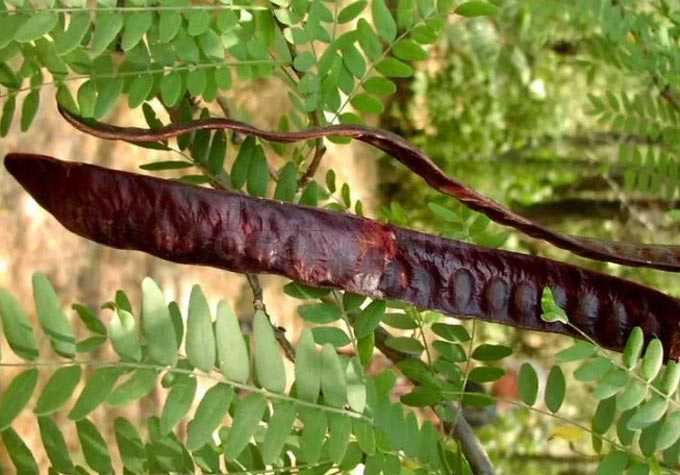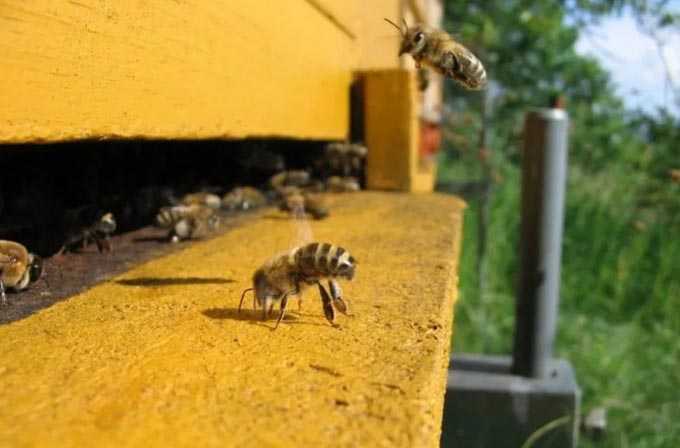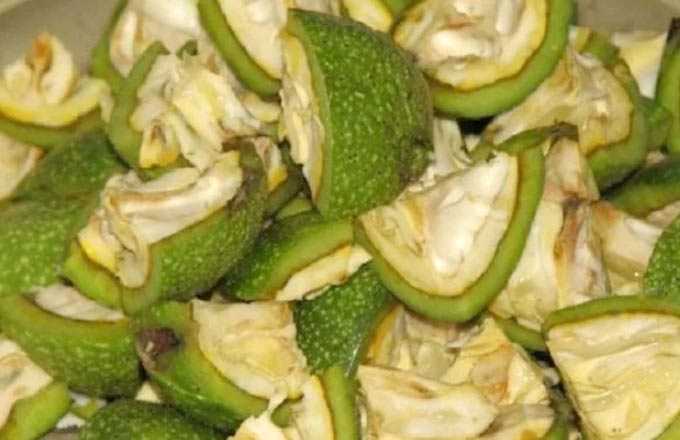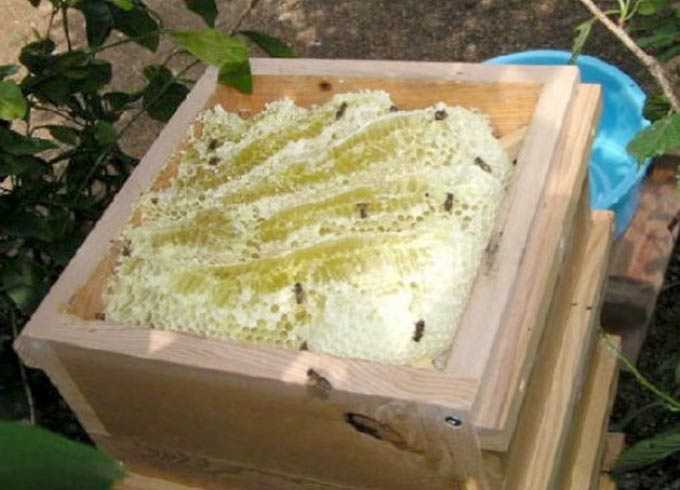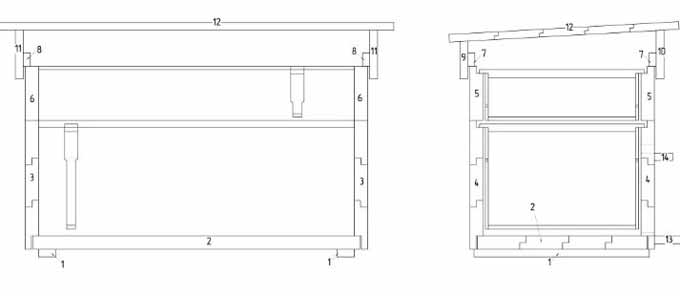Whether natural honey should be sugared is an important question for potential consumers of this bee product. After all, there is a misconception among buyers who are poorly aware of its basic characteristics about sugar. Which we will try to dispel in this article.
The content of the article
- 1 What you need to know
- 2 What affects the rate of crystal formation
- 3 What does the liquid state indicate?
- 3.1 Honey in honeycombs
- 4 Crystallization types
- 5 Crystallization rate
- 5.1 Top or Bottom
- 6 Heat resistance
- 6.1 How to heat properly
What you need to know
The collected flower nectar is placed by the receiving bees in the cells of the hive frames. Each individual honeycomb is pretreated with propolis, a substance with antimicrobial properties. This ensures a long-term absence of crystallization.
With the exception of certain varieties, such as heather or swallow (collected from flowering willow) honey, the product remains in the combs for a long time in a liquid syrupy state.
When extracting – pumping it out of the honeycomb, the natural process of sugaring begins (scientifically, crystallization occurs).
What affects the rate of crystal formation
The rate at which crystals appear depends directly on two factors:
- ambient temperature;
- and the chemical composition of the product, or rather, the percentage of glucose and fructose in it.
fructose provides slow sugaring. If its content is increased, the freshly pumped bee product will remain in a liquid state for a long time. That is, natural honey does not crystallize only with an abundance of fructose, and even then not the entire storage period. Over time, large crystals will surely appear in it.
Increased glucose percentage significantly accelerates the process – crystals appear quickly (sometimes within 1-2 weeks, as is the case with rapeseed). A fine-grained mass is formed.
The relatively low storage temperature contributes to a change in the structure – the bee product thickens noticeably. Even at +13 degrees, due to the fact that dextrose (grape sugar) forms crystals, sugaring occurs. But at the same time, both the taste of the product and its aroma only improve.
What does the liquid state indicate?
One more important question – if honey is not candied, is it natural? You can answer in the affirmative. Yes, the liquid state does not at all indicate the poor quality of this product!
But here you need to consider one important factor – the time to market. If more than two months have passed after pumping (the end of the season), there are doubts whether the bee product has been heated. It may have fermented or is a fake.
Read: What is fake (fake or artificial) honey
Very rarely, honey varieties remain liquid for more than six months. For example, an acacia cultivar can maintain a viscous syrup structure for most of the winter.
When buying candied (crystallized) honey, you can be completely sure of its natural origin. And the delusion that only liquid honey is natural has no logical justification.
The presence of crystals does not indicate that the product is artificially obtained from sugar syrup! If bees produce honey from syrup without any flower nectar, it simply will not have a characteristic odor.
With a high content of colloids, dextrins and fruit sugars, the so-called honey flow – liquid honey that keeps this state for a long time. In terms of nutritional characteristics, it is in no way inferior to a crystallized product. Beekeepers use it for wintering bee colonies.
On the market, molasses does not arouse much interest among buyers. In color, it can be of various shades, depending on the plants from which the nectar was collected.
Honey in honeycombs
As for honeycomb honey, it is valued more in the markets in liquid form.
Therefore, the sectional honeycomb:
- Before placement in the hives, they are thoroughly washed with water to remove the germ crystals that form from the honey residues in the cells after pumping.
- They are stored after being removed from the hives at temperatures from +20 to +32 degrees, without sudden changes.
Crystallization types
Candied (crystallized) honey is also called “shrunken”. It is rated above unshrouded (liquid). As noted above, the crystal structure improves the taste characteristics of the natural bee product.
There is a practice of mixing honey that has already been sugared and liquid honey that has just been pumped out. In mature liquid honey, from 4 to 10% of an already shrunken fine-grained product is added. Then the mass is gently mixed and placed in a cold place to speed up the sugaring process.
In terms of structure, shrunken honey can be:
- oily with a uniform structure;
- fat-like with very small crystals, invisible to the eye;
- fine-grained when the crystals are visible to the naked eye, although they are very small in size;
- coarse-grained, with characteristic crystalline intergrowths more than 0,5 centimeters in size.
Crystallization rate
When mixing liquid and crystallized bee products, the process is accelerated. How quickly natural honey is candied in this case? It will only take a few days, especially in colder temperatures.
The crystallization (sugaring) process can be accelerated or slowed down precisely by manipulating the storage temperature:
- in the region of +14, +13 degrees, crystals will appear quickly;
- at temperatures below +13, sugaring will slow down, but the viscosity will increase;
- at values above +14, crystallization also occurs very slowly;
- with natural warming up to + 30 … + 40, all crystals that have already appeared will dissolve by themselves.
Granularity gives the bee product a beautiful presentation. It does not affect the healing characteristics. But the taste and aroma become brighter.
Top or Bottom
Newbies wonder how natural honey is sugared from above or from below?
Features and speed of sugaring depends, among other things, on the variety. There are varieties that crystallize in just a week, regardless of temperature.
To read:
Monofloral (one-component) honey varieties
Polyfloral (multicomponent) honey
So, rapeseed honey sits down very quickly even in hot summer. If its impurity is present, for example, in acacia, a characteristic sugary lump is formed in the container – while the liquid acacia variety seems to cover the top of the rapeseed.
Thickening and the appearance of sugar crystals, provided that the product is not mixed regularly, begins from the top of the container (storage container). But the change in structure at the very beginning is usually more noticeable from below, since crystals, when they are formed on the surface, due to their large weight, sink in the liquid mass, settling at the bottom.
Heat resistance
I would like to touch upon such an important point as heating. For reasons of expediency, honey sometimes has to be processed with heat.
This is done in three cases:
- for accelerated cleansing;
- to preserve the liquid state and dissolve the crystal structure;
- to combat microorganisms at the beginning of fermentation.
It should be noted that heating reduces the quality of the bee product! The longer and more intense the exposure to heat, the worse the chemical composition, smell and color.
Prolonged heating results in:
- to the breakdown of proteins – substances with an unpleasant odor appear;
- darkening up to brown;
- to a decrease in enzymatic activity (above +60);
- to the loss of bactericidal properties (above +50);
- to the destruction of plant antibiotics – phytoncides (above +40);
- to the destruction of vitamins (from +65 to +70);
- to the destruction of fructose (from +80 to +95);
- to the complete destruction of the crystal structure – the product will no longer become thick (around +90).
How to heat properly
In order to preserve as much as possible all the useful properties of the bee product, it is heated correctly – for a short time and at a certain temperature:
For pasteurization use special equipment! Without it, spoilage of the product is inevitable. For this, at + 70 … + 73 degrees, short-term heating is performed for one or two minutes. Then a sharp cooling to +25.
Get rid of crystals at home it is possible by keeping the container for storage in a warm place for 12-24 hours. The temperature should not exceed 48-50 degrees! Sometimes a steam bath is used, when a jar or other container with candied honey is immersed in water heated to 50 degrees. It thaws, after which it can be freely poured or shifted with a wooden spoon.
You need to understand that natural or real honey must be candied. So that there are no problems with storage containers, it is immediately packed into containers of a suitable volume. And they are stored in their normal state, without heating unnecessarily.
